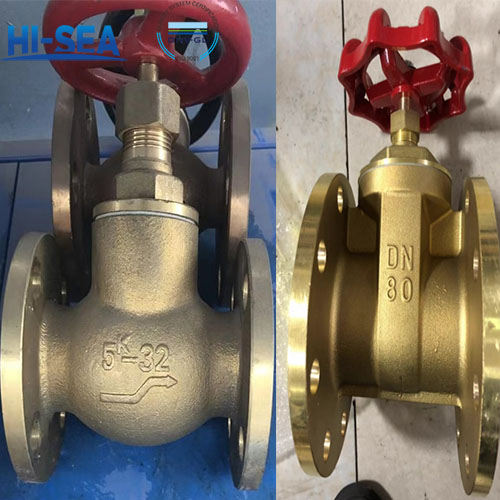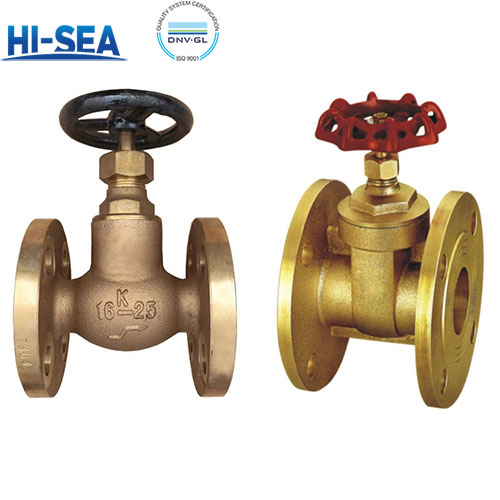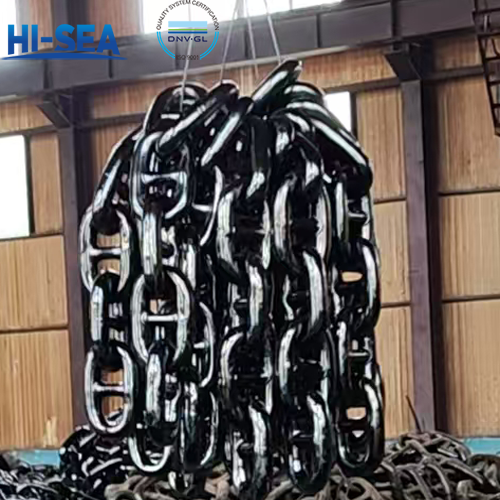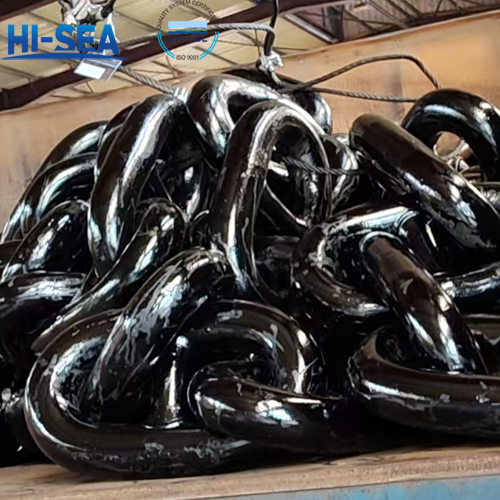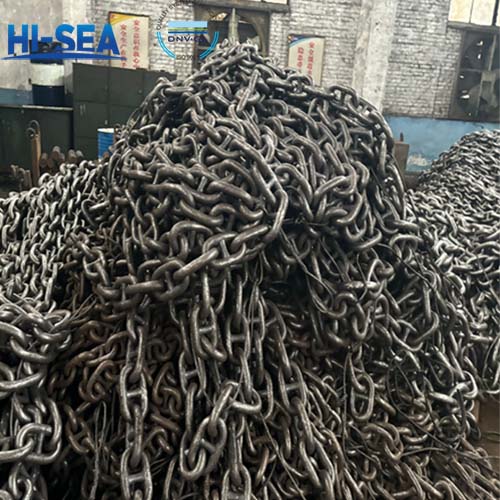
The Difference Between Marine Bronze Valves and Brass Valves
Bronze valves and brass valves are two widely used materials in the field of valves, which are different from alloy composition, material characteristics, applicable scenarios and other aspects.
Overview
1. Material Composition
The alloy composition of bronze valves mainly contains copper and tin, in which the content of copper is more than 80% and the content of tin is between 0.1% and 10%. In addition, there are some other elements added to the bronze valve, such as aluminium, silicon, phosphorus, etc., to improve its mechanical properties and corrosion resistance.
The alloy composition of brass valves mainly contains copper and zinc, the content of copper is more than 60%, and the content of zinc is between 20%-40%. They have good corrosion resistance and toughness, and are suitable for use in acid and alkali environments as well as drier environments such as water and air.
2. Color
Marine bronze valves usually appear dark blue or green, while marine brass valves usually appear yellow or golden yellow. This is due to the fact that bronze contains a higher proportion of zinc and copper, while brass contains a higher proportion of copper and zinc, resulting in their different colours.
3. Performance
Corrosion Resistance: Bronze has better corrosion resistance, especially in seawater or high salt environments, which makes bronze valves ideal for marine environments and marine applications.
Mechanical Properties: Bronze is generally harder and more wear resistant than brass. Brass, on the other hand, is easier to work with and has better ductility and tensile strength.
Electrical Conductivity: Brass generally has better electrical conductivity than bronze and is therefore more commonly used in applications where electrical conductivity is required.
4. Application
Bronze Valves: Due to its excellent corrosion resistance and mechanical properties, bronze valves are widely used in marine seawater systems, cooling water systems, fire-fighting systems and other applications requiring high corrosion resistance.
Brass Valves: Brass valves are typically used in fresh water systems, fuel systems and other less corrosive environments, in addition to some applications requiring higher electrical conductivity.
5. Price
Bronze is typically more expensive than brass because it is more expensive to produce and because its superior corrosion resistance and mechanical properties make it more valuable in certain critical applications.
6. Weight
The weight difference between Marine bronze valves and Marine brass valves is mainly due to the density of their respective materials. Bronze is slightly denser than brass, and Marine bronze valves are generally heavier than Marine brass valves. The specific performance is as follows:
Bronze: Bronze is an alloy of copper and tin, sometimes with the addition of other elements such as aluminum, nickel, and zinc. Bronze generally has a density between 8.7 and 8.9 g/cm 3.
Brass: Brass is an alloy of copper and zinc, sometimes with the addition of other elements such as aluminum or tin. The density of brass is generally between 8.4 and 8.7 g/cm3.
Picture of Marine Bronze Valves and Marine Brass Valves
